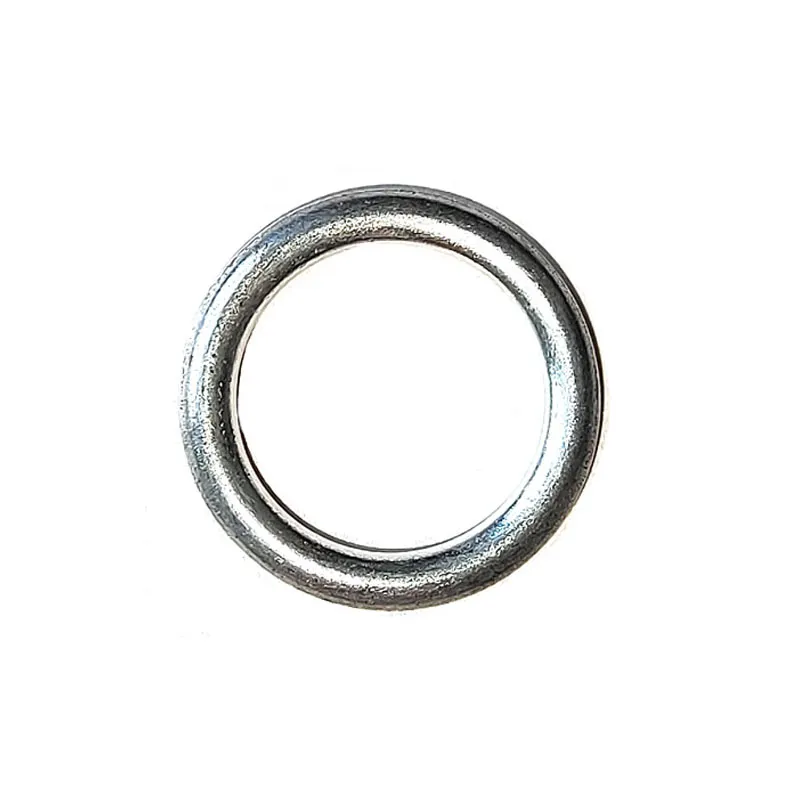Automatic Transmission Housing Seal Solutions for Enhanced Performance and Durability
Understanding the Importance of Automatic Transmission Extension Housing Seal
The automatic transmission system plays an integral role in the functioning of modern vehicles, facilitating a seamless transition between gears without the need for manual intervention from the driver. One critical component within this system is the extension housing seal, which is often overlooked but essential for maintaining the efficiency and longevity of automatic transmissions.
What is the Extension Housing Seal?
The extension housing seal, also known as the tail shaft seal, is located where the transmission meets the driveshaft in an automatic transmission. Its primary function is to prevent the leakage of transmission fluid from the extension housing, which helps maintain proper fluid levels essential for the operation of the system. The seal is designed to withstand significant pressure and is exposed to various environmental elements such as heat, vibration, and contaminants.
The Role of the Extension Housing Seal
1. Preventing Fluid Leakage One of the main responsibilities of the extension housing seal is to contain the transmission fluid within the housing. If this seal becomes damaged or worn, it can result in fluid leaks. Leaks can lead to low fluid levels, which can severely impair transmission performance and potentially lead to costly repairs or complete transmission failure.
2. Maintaining Transmission Performance Adequate fluid levels and proper sealing are crucial for the hydraulic functions of the transmission. The fluid acts as a lubricant, coolant, and hydraulic medium. If the extension housing seal fails, the reduction in fluid can lead to overheating and increased friction, resulting in erratic shifting, slipping gears, and ultimately, transmission damage.
3. Protecting Against Contaminants The extension housing seal also serves as a barrier against dust, grime, and other contaminants that can enter the transmission. By keeping these foreign materials out, the seal helps maintain the integrity of the transmission fluid and reduces wear and tear on internal components.
automatic transmission extension housing seal

Signs of a Failing Extension Housing Seal
As with any vehicle component, the extension housing seal can wear out over time. Here are some signs that may indicate a failing seal
- Fluid Leaks The most obvious sign is spotting transmission fluid (usually red or brown) under the vehicle. If you notice fluid pooling underneath your car, it’s essential to investigate promptly. - Transmission Slipping If you experience unexpected changes in speed or difficulty in shifting, it may be a sign of inadequate fluid levels due to a leaking seal.
- Overheating A failing seal can lead to low fluid levels, which in turn can cause the transmission to overheat. Keep an eye on the temperature gauge in your vehicle and be mindful of any unusual heat indicators.
Maintenance and Replacement
To ensure optimal performance, regular maintenance should be conducted on your vehicle's transmission system, which includes checking the extension housing seal. During routine inspections, mechanics will check for signs of wear and tear. If a seal is found to be failing, it is usually a straightforward process to replace it, often involving draining the fluid, removing the driveshaft, and installing a new seal.
Conclusion
In summary, while often overlooked, the automatic transmission extension housing seal is crucial for the efficient operation of a vehicle's transmission system. Regular inspections and timely replacements can help prevent fluid leaks, maintain performance, and protect against unwanted contaminants. By understanding the importance of this component, vehicle owners can take proactive measures to ensure the longevity and reliability of their automatic transmissions, ultimately enhancing the overall driving experience.
-
Understanding the Front Main Engine Seal: Purpose, Maintenance, and Installation
News Jul.29,2025
-
Understanding O-Rings and Seal Rings: Types, Applications, and Custom Solutions
News Jul.29,2025
-
Understanding Crankshaft Oil Seals: Rear Seals, Pulley Seals, and Their Role in Engine Integrity
News Jul.29,2025
-
The Importance of Front and Rear Crankshaft Seals in Engine Performance and Oil Management
News Jul.29,2025
-
Crank Oil Seals: Functions, Types, and Cost Considerations in Engine Maintenance
News Jul.29,2025
-
A Comprehensive Guide to O-Rings and Seals: Types, Materials, and Global Applications
News Jul.29,2025
-
Mastering Diesel and Performance Engine Maintenance: A Guide to Critical Oil Gaskets
News Jul.28,2025
Products categories















